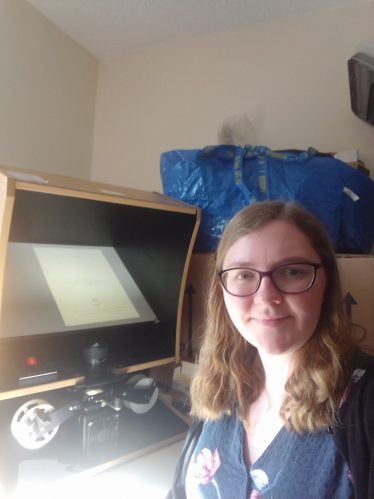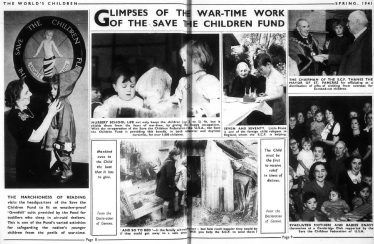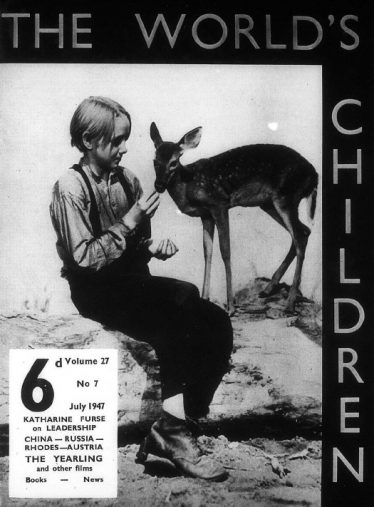Adapting to Covid-19 at Cadbury Research Library



Like all other archive services, the Cadbury Research Library at the University of Birmingham closed in March 2020 due to Covid-19. Some staff were furloughed, whilst others quickly got used to working from home.
The library reopen in September 2020 with staff working one week on-site, one week from home. Since then, our Save the Children Project Team have busily adapted to this blended working. Although, whilst at home, we have no access to the original archive materials, some cataloguing is still able to take place. Support staff are busy indexing ‘The World’s Children’ supporter magazine, working from digital images. Other activities include compiling administrative and biographical histories; proof reading and data checking; and continuing with our user engagement via blog posts, exhibition planning, and contributions to Wikipedia pages.
The World’s Children magazine
The World’s Children magazine published by Save the Children Fund (SCF) between 1920 and 1980 is a rich source of information about SCF’s programmes at home and overseas, fundraising activities, and personnel. Making an index of each issue available via the online catalogue will help researchers to identify articles relevant to their research – whether that is on a particular area, subject, or individual.
Indexing the magazines has been an ongoing, long-term project and in order to continue this work at home, we made digital copies of the remaining volumes, amounting to over 4,000 pages. Fortunately, the magazine has been microfilmed, so we were able to set up the microfilm scanner to scroll through the reels and make PDF copies. Whilst this isn’t a completely reliable process it has proved to be an efficient way of copying substantial amounts of material, making remote working with the SCF archive possible.
From the thousands of pages of minutes and magazines copied from microfilm we are collating information about the development of SCF’s overseas programmes and the lives of significant figures within the organisation. Administrative histories and biographical information will be entered into the online catalogue for the benefit of researchers.
Top Twit of the Year
Other project staff have been busy cataloguing Council and Committee minutes scanned from microfilm reels. Although we have catalogued some of this material from the Overseas Programmes and Home Welfare sections of the archive, much of the material has yet to be catalogued. Therefore a lot of time working from home has been spent working on this material, including Director General’s papers, branch minutes, and fundraising files – including a favourite find so far of a newspaper article detailing Save the Children’s ‘Top Twit of the Year’ contest!
Other microfilm reels include copies of the first Council minutes from 1920 and cover the decisions of the Council and updates concerning the work of Save the Children. They provide interesting excerpts on SCF’s actions during the Russian famine in the 1920s, their residential schools, and fundraising actions. The minutes also provide details of issues and activities that are not widely covered in other sections of the collection, including activities to help Spanish children during the Spanish Civil War, light treatment for children and relief for children from miners’ families during industrial disputes.
Working from the microfilms provides a very different view of cataloguing to that of working from original records. Principally, it involves cataloguing files as they are found on the reels rather than working on series of records, such as the Overseas Programme papers, as without the rest of the records from the archive it is impossible to decide on the arrangement of the catalogue. Often, this means we are working with less contextual knowledge than when working from original records. However, using the microfilms is a good way for us to reduce the amount of work to do when back in the office and does offer the opportunity to have a varied selection of material to work on.






No Comments
Add a comment about this page